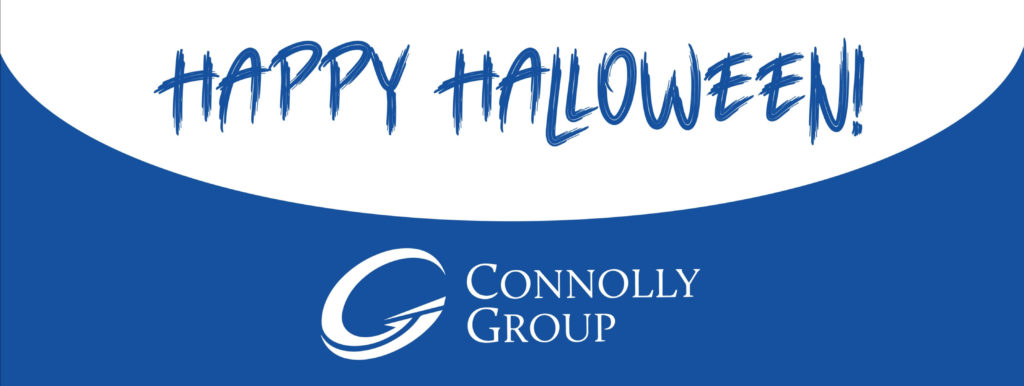Group Benefits don’t have to be scary! Why a Benefits Communication Plan is crucial for your business.
Spooky season is upon us, and as the ghosts and ghouls emerge from the shadows, there’s one thing that shouldn’t spook your staff.
Your employee benefits plan!

If your company offers group benefits to employees, you’re already on the right path to boosting company morale and retaining top talent. But, your work is not done. Many organizations offer support during benefits enrollment and then disappear (or ghost, as the kids say).👻
But, the key is to keep the conversation about your group benefits going all year long. The more you talk about it, the easier it becomes to understand. This allows your employees to get the most value from their benefits and make informed health decisions.
And when that happens, you become
a hero no costume required!
Here’s why Implementing a Benefits Communication Plan is crucial:
1) It Boosts Plan Utilization: Knowledge is power. When your employees understand the intricacies of their benefits plan, they are more likely to use it to its full potential, increasing the wellness of your staff. This means fewer sick days and turnover and more happy, healthy employees.
2) It Builds Trust: By actively engaging and empowering your workforce, you demonstrate that you care about their well-being and about helping them save time. This leads to trust and appreciation.
3) Avoids Clerical Mistakes: A well-communicated benefits plan can help avoid clerical errors, which can be a headache for both your staff and your business.
A Few Tips for a Strong Communication Plan:
1) Know Your Staff: There are lots of ways to communicate details about your benefits plan, so you must know how your staff prefers to receive information.
You can do things like hosting lunch meetings, sending emails each month, using social media, sending info home in the mail for employees to talk about with their families, and putting up posters or handing out flyers in the office.
2) Use Plain Language and Keep it Simple: Whatever communication channel(s) you choose, remember to keep the language clear and free of insurance jargon.
If necessary, explain unfamiliar terms or provide short definitions.
3) Be Timely: Engage with employees at key times throughout the year. Use holidays and events to make insurance more timely. For example, during Stress Awareness Month in April, remind employees of their EAP benefits or special services like massage therapy.
4) Ask for Feedback: Encourage employees to provide feedback. Knowing what was confusing or needs improvement can help you fine-tune your communication and gauge which aspects of the plan are most appealing.
In conclusion, a well-crafted Benefits Communication Plan is a win-win for your employees and your business.
So, don’t let your benefits plan be scary; make it a clear and appreciate part of your company culture.


